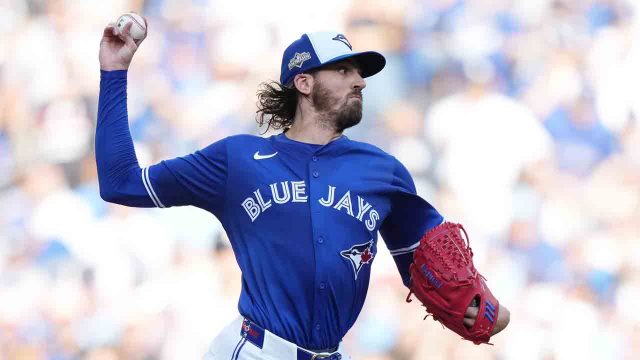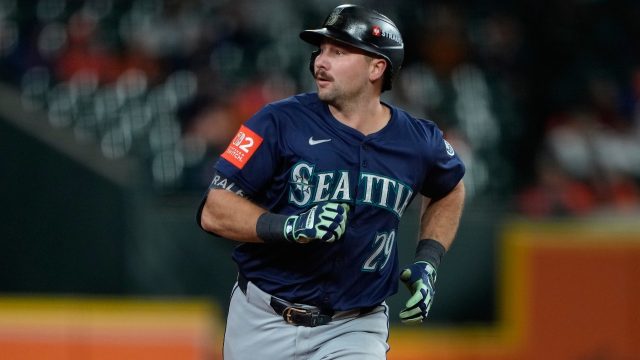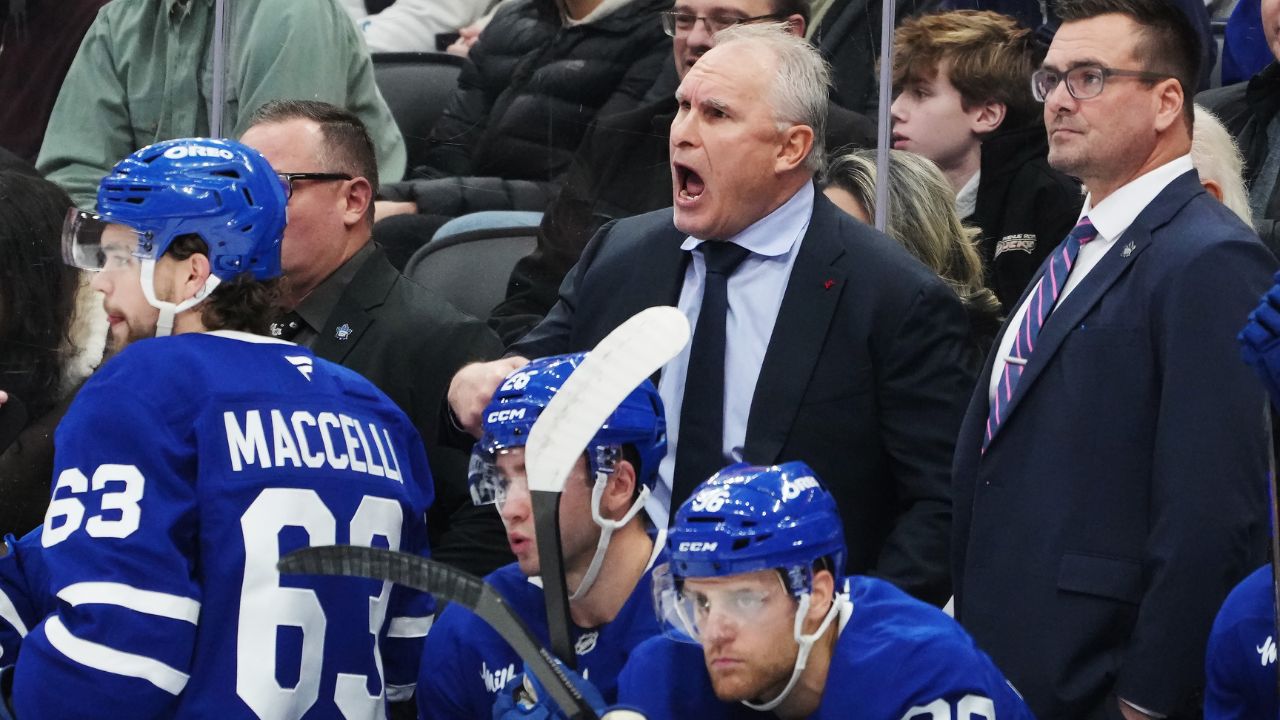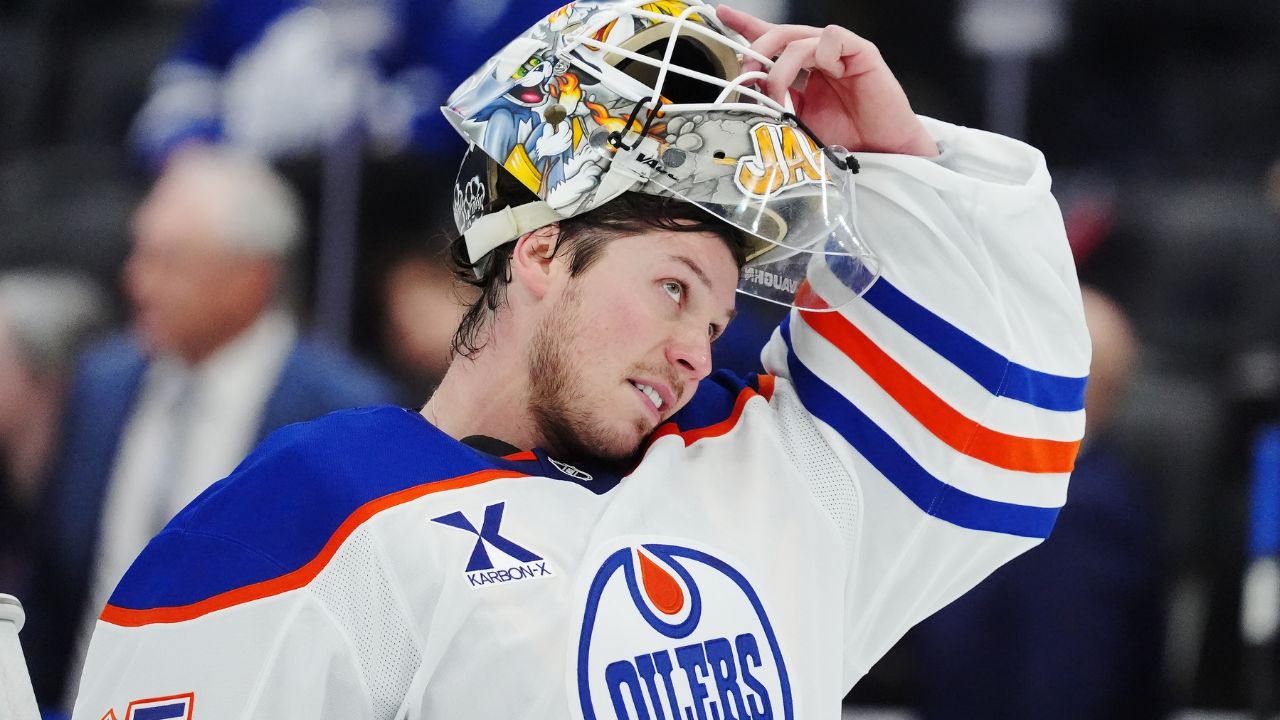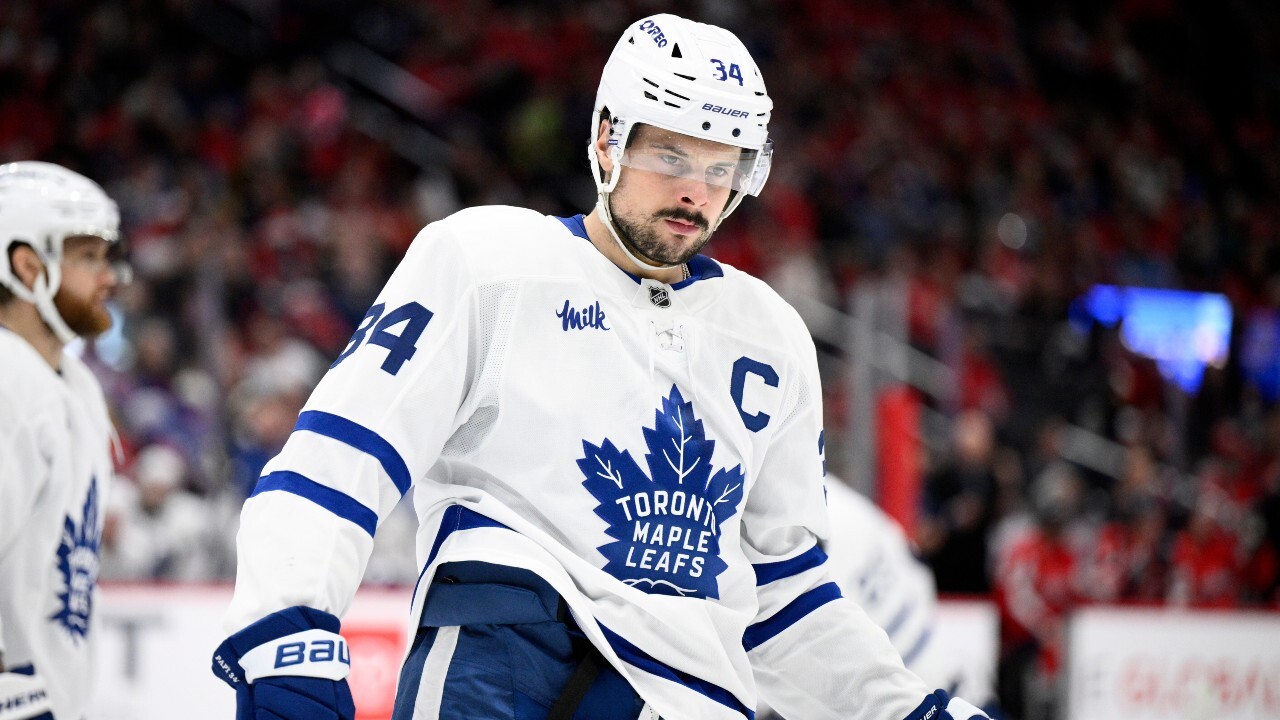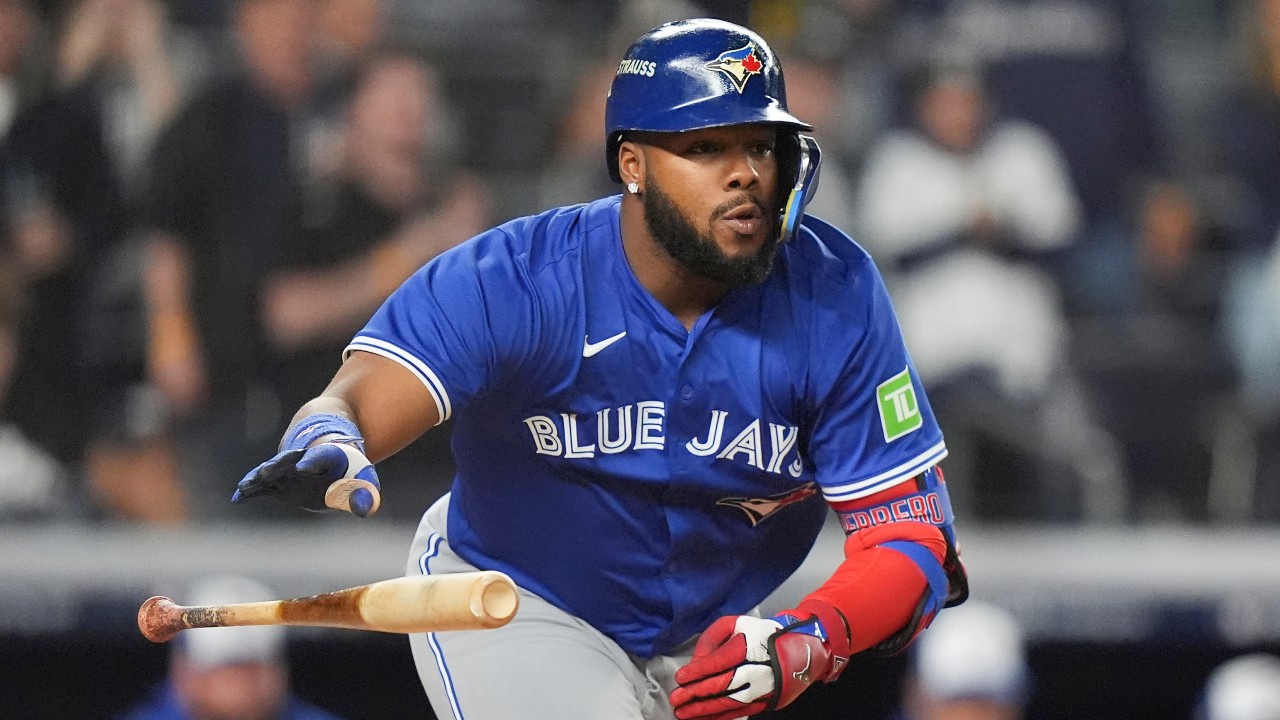
The last time the Toronto Blue Jays reached the World Series, Max Scherzer was in elementary school; George Springer and Chris Bassitt were kindergarteners; Kevin Gausman, Tyler Heineman and Tommy Nance were toddlers; and Jeff Hoffman was an infant.
No other Blue Jays who could appear in these playoffs were alive.
Getting four wins away from the Fall Classic is a significant achievement for any franchise, but it’s a monumental one for a team that’s only knocked on the door two other times in the 21st century, failing to break through in either instance. The Blue Jays’ two World Series titles came all the way back in 1992 and 1993.
Inching closer to the ultimate prize will require defeating a formidable Seattle Mariners squad that earned its place with a 15-inning nail-biter against the Detroit Tigers in Game 5 of the ALDS — and one that, even before that, used an improbable September surge to win the AL West.
The Blue Jays are better-rested than their opponents and will enjoy home-field advantage, but Seattle is a well-balanced club likely to give them all they can handle.
What’s working for the Blue Jays: It’s hardly the pinnacle of insight to point out that Toronto’s offence thrived in the ALDS, but the extent of its dominance is worth emphasizing. In a post-season environment dominated by top-of-the-rotation starts and back-of-the-bullpen relievers, the Blue Jays are the only team that is truly thriving at the dish.
Toronto enters the ALCS slashing .338/.373/.601 in the playoffs, good for a 168 wRC+ — a mark that’s just shy of what Shohei Ohtani managed during the regular season (172). No other playoff team has a wRC+ above 111, and nine of the 12 are below 100, which makes sense considering the quality of pitching they’re seeing.
Not only was the Blue Jays offence effective during the club’s series with the New York Yankees, it was also on brand stylistically. Facing a pitching staff that had MLB’s seventh-best strikeout rate during the regular season (23.7 per cent), the Blue Jays went down on strikes just 14.9 per cent of the time.
While this is all small-sample stuff, it exaggerates the Blue Jays’ strengths rather than falsifying new ones via statistical noise. Toronto’s batter can’t collectively hit like Ohtani, but they did produce MLB’s best wRC+ from May 1 on (118) after an ugly April, knocking in 22 more runs than any other team. Over the course of the season, they also had the lowest strikeout rate in the majors (17.7 per cent).
The Blue Jays’ lineup is the team’s greatest asset, and it just provided additional proof of concept in a high-stakes environment against quality pitchers.
What’s working for the Mariners: A rotation including George Kirby, Luis Castillo, Logan Gilbert and Bryan Woo looks excellent on paper, but it produced only the 13th-best ERA (3.97) and 14th-best fWAR (11) in the majors during the regular season.
More recently, however, Seattle’s rotation has begun to deliver on its promise. In September, the Mariners got 131.2 innings of 3.55 ERA ball from their starters, with an impressive 10.59 K/9 driving that success.
In the ALDS, the club’s rotation ERA dropped to 2.16, helping to offset some bullpen wobbles. That number was achieved with Woo out due to a pec issue, and he could return to bolster Seattle’s staff in the ALCS.
Since the beginning of the 2023 season, every single one of Kirby, Castillo, Gilbert and Woo has been named an all-star. Of their 12 collective seasons in that time, 10 have resulted in ERAs below four. That group seems to be hitting its stride now, and figures to make the Mariners difficult to score on early in games.
Because of the all-hands-on-deck approach the Mariners employed in Game 5 of the ALDS, they will have to start the ALCS with Bryce Miller, but they should be able to turn to their regular top four from there.
Potential Achilles heel for the Blue Jays: Considering the magnitude of Toronto’s victory over New York, it’s difficult to pinpoint an aspect of the team that isn’t working well.
Statistically speaking, the Blue Jays’ greatest weakness in the ALDS was their bullpen, which finished the series with a 6.30 ERA. At the same time, it’s difficult to give this title to a relief corps that just pushed Toronto into the ALCS with a masterful Game 4.
Even though the Blue Jays rotation kept runs off the board effectively against New York, it’s fair to wonder if that success can be replicated in Seattle. Toronto can feel confident in the one-two punch of Kevin Gausman and Trey Yesavage based on what it saw in the ALDS, but beyond that duo lurks uncertainty.
Shane Bieber’s strong regular-season ERA (3.57) obscured difficulties with hard contact that made his expected ERA far worse (4.58) — and those issues showed up in Game 3 of the ALDS as the Yankees produced nine hard-hit balls (95+ m.p.h.) against him in 2.2 innings.
The right-hander has struggled to miss bats lately, failing to record more than five punchouts in any of his last five outings, and he will need to either rein in the hard contact or start preventing contact better overall to start looking like the pitcher who dominated his Blue Jays debut again.
When it comes to Game 4, the Blue Jays will seemingly be on the wrong side of a pitching mismatch no matter how they handle things — though that appeared to be the case in Game 4 of the ALDS, and New York wasn’t able to capitalize.
Another open question is whether Yesavage will be easier for the Mariners to hit a second time around in a lengthy series as his unusually high arm angle becomes less foreign to them.
Potential Achilles heel for the Mariners: We flagged Seattle’s unimpressive defence in both our playoff power rankings and division series preview, and it hasn’t sunk the Mariners yet, so we’ll go in a different direction here.
Seattle had the second-highest strikeout rate of any playoff team during the regular season (23.3 per cent), and that number was even higher in the ALDS (27.8 per cent).
Blue Jays fans have spent all summer witnessing the benefits of consistently putting the ball in play, and Seattle doesn’t do that.
High-strikeout offences can still be effective overall — and aren’t doomed to fail in the playoffs — but there will be moments in this series when the Blue Jays absolutely need a punchout to escape a jam, and the Mariners go down on strikes more than most.
During the regular season, Seattle was worse than the Blue Jays at advancing and cashing runners, thanks in part to its high-K lineup, and that could hurt the team in close games.
|
Team |
Productive out rate |
Advacing runners from 2nd, 0 outs |
Scoring runners from 3rd, less than 2 outs |
|
Toronto |
30.7% |
58.1% |
56.5% |
|
Seattle |
24.7% |
47.9% |
46.3% |
It’ll all come down to: Whether the Mariners can nullify the power surge the Blue Jays experienced in the ALDS.
Toronto has demonstrated elite contact ability all season long, and that aspect of the team’s offensive profile isn’t going anywhere.
If that parade of balls in play is backed by multiple home runs per game like it was against the Yankees, the Blue Jays offence can produce run totals even a strong Mariners lineup won’t be able to keep up with.



